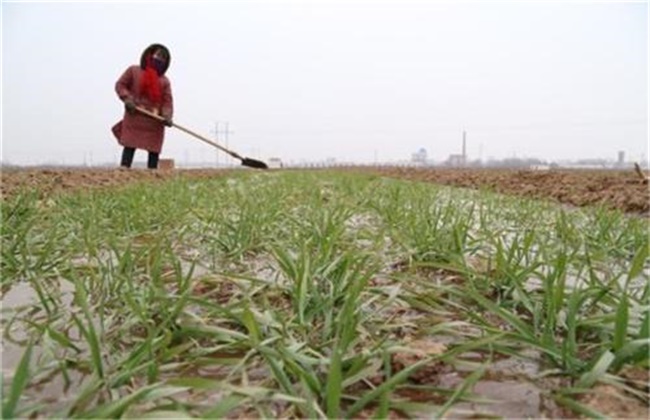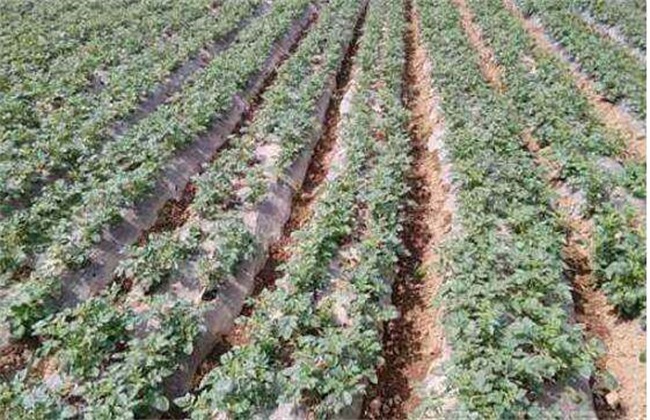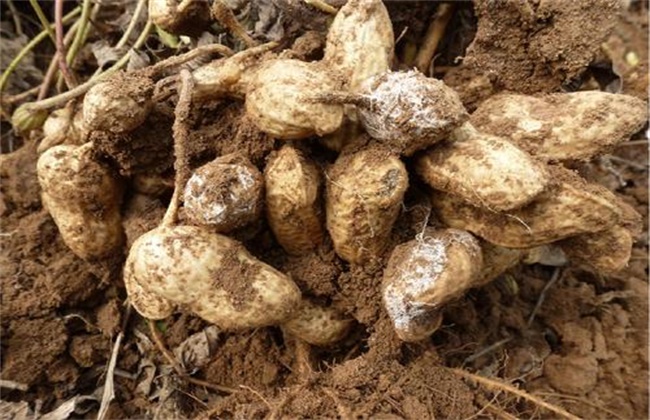Benefits and precautions of winter irrigation of wheat
With the gradual decline of air temperature, wheat has gradually entered the dormant period, which is also the period of winter irrigation of wheat. Winter irrigation of wheat is one of the effective practical experiences of increasing yield. But not all wheat is suitable for winter irrigation, so which wheat should be irrigated in winter? What should we pay attention to in winter irrigation? Let's take a look.

1. Which wheat needs winter irrigation
Winter irrigation of wheat needs to be determined according to soil moisture and seedling stage. Winter irrigation is needed in wheat fields where the conditional water holding capacity before winter is less than 80% and where there are watering conditions. In addition, the wheat field with more than 2 tillers per plant is more suitable for winter irrigation, and the weak seedling wheat field, especially the single seedling wheat field sown late, it is better not to irrigate in winter, otherwise it is easy to cause freezing injury. If the wheat field is too prosperous, winter irrigation or no winter irrigation can be postponed to control the growth and promote strength, while for the wheat field with poor soil permeability, it is easy to show redness, yellowing and even suffocation after winter irrigation, and winter irrigation does not need to be considered for this kind of wheat field.
2. Benefits of winter irrigation
Winter irrigation can not only prevent the freezing injury of wheat seedlings caused by low temperature, but also conserve water for wheat turning green in the following year, so as to achieve the role of winter water and early prevention of spring drought. At the same time, winter irrigation can also reduce germs and insect eggs, reduce the number of diseases and insect pests in the coming year, and obviously reduce the harm of diseases and insect pests in spring, which is one of the important measures to ensure the safety of wheat. In addition, winter irrigation in saline-alkali soil can improve soil, and according to investigation, timely winter irrigation can increase wheat seedlings by about 123000 ears and increase production by more than 27% compared with wheat fields without winter irrigation.
3. Points for attention
Winter irrigation of wheat needs to pay attention to timely and appropriate amount. Generally, winter irrigation begins when the daily average temperature drops to 8 °C and ends at about 5 °C. if winter irrigation is too early, the temperature is higher, the evaporation is large, and the desired effect can not be obtained; if winter irrigation is too late, the soil freezes and water cannot seep, resulting in ground water freezing and wheat seedlings easily suffocated to death. The amount of wheat irrigation in winter should not be too large, and it is appropriate to water thoroughly and seep on the same day, generally watering 30-40 tons per mu. In order to save water, it is necessary to complete the canal border, prevent flood irrigation, hoe and loosen the soil in time after winter irrigation, and close the cracks in order to preserve soil moisture and increase temperature.
The above is the introduction of the benefits and precautions of winter wheat irrigation. I hope it can help you. If you want to know more about it, please follow us.
Related
- The first cup of black tea in spring, the flavor and history of tea gardens in Kenya, Africa
- The computer can not only choose potatoes, but also grow tea rice. AI will grow winter oolong tea champion.
- It is not only the inflated tea bitten by insects, but also engraved with the four seasons tea in Beipu.
- The Oriental Beauty Tea Festival in Zhuxian County takes the stage at the weekend to experience the plus-size feast of oil tea.
- & quot; Oriental Beauty Tea & Exploration of Emei in Hsinchu, the hometown of quot;
- The new variety of strawberry "Tainong 1" dessert is the first choice with mellow aroma. Crimson gorgeous
- History of Tea in Taiwan: from Wild Inner Mountain to Export Tea Garden
- Two types of Taiwan Oriental Beauty Black Tea won the British three-Star Award for Childhood Tea Xiang Zhang Jiaqi changed from pilot to champion tea maker.
- Banana species and varieties: the planting history of Taiwan Xianren banana and dwarf banana is long, is banana disease resistant?
- Coffee planting Technology: Qianjie Coffee from Seedling to harvesting



